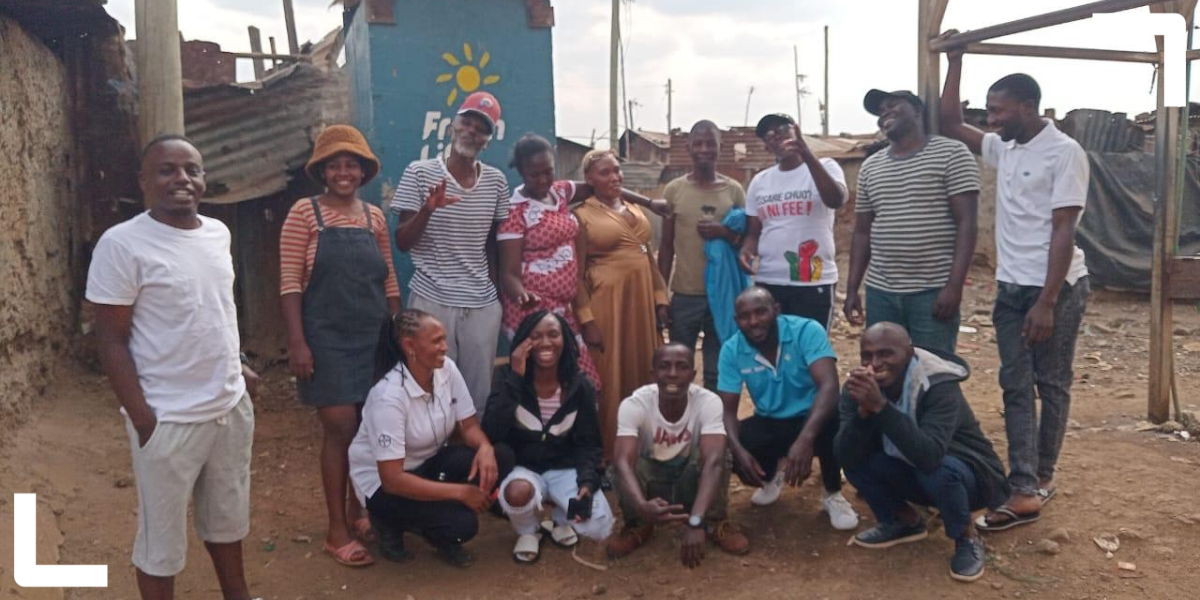By Molly Adawo, member of the Nairobi waste co-research team
From 7-8 August 2025, the Mathare solid waste co-researchers – consisting of waste workers from Mathare subcounty in Nairobi – travelled to Naivasha, approximately 100 kilometres away, for a two-day learning exchange. This was a journey filled with eye-opening lessons, inspiring stories and practical ideas that we have brought back home.
The aim of this exchange was to deepen understanding of waste systems in cities, learn about the lived experiences of other waste workers and reflect on alternative pathways for capturing waste within the circular economy.
Day 1: Learning and sharing
The first day was all about connecting and exchanging knowledge. We met fellow waste workers from Naivasha, introduced ourselves and shared our experiences on how waste is currently managed in both Mathare and Naivasha. There were three key lessons from the first day.
1. Waste zoning: This was one of the most striking systems we discovered. Naivasha town is divided into two areas: the Central Business District (CBD) and the estates.
> In the CBD, the County Government is responsible for waste collection.
> In the estates, community waste groups under the umbrella body Naivasha Grassroots Waste Management (NAGAWAM) handle waste.
NAGAWAM organises trucks to transport valuable waste to sorting yards and the valueless waste to dumpsites. The estates themselves are further divided into smaller zones – each group works only within its assigned zone, and no one is allowed to collect waste outside their area. This zoning reduces conflict, enhances accountability and ensures every part of the estate stays clean.
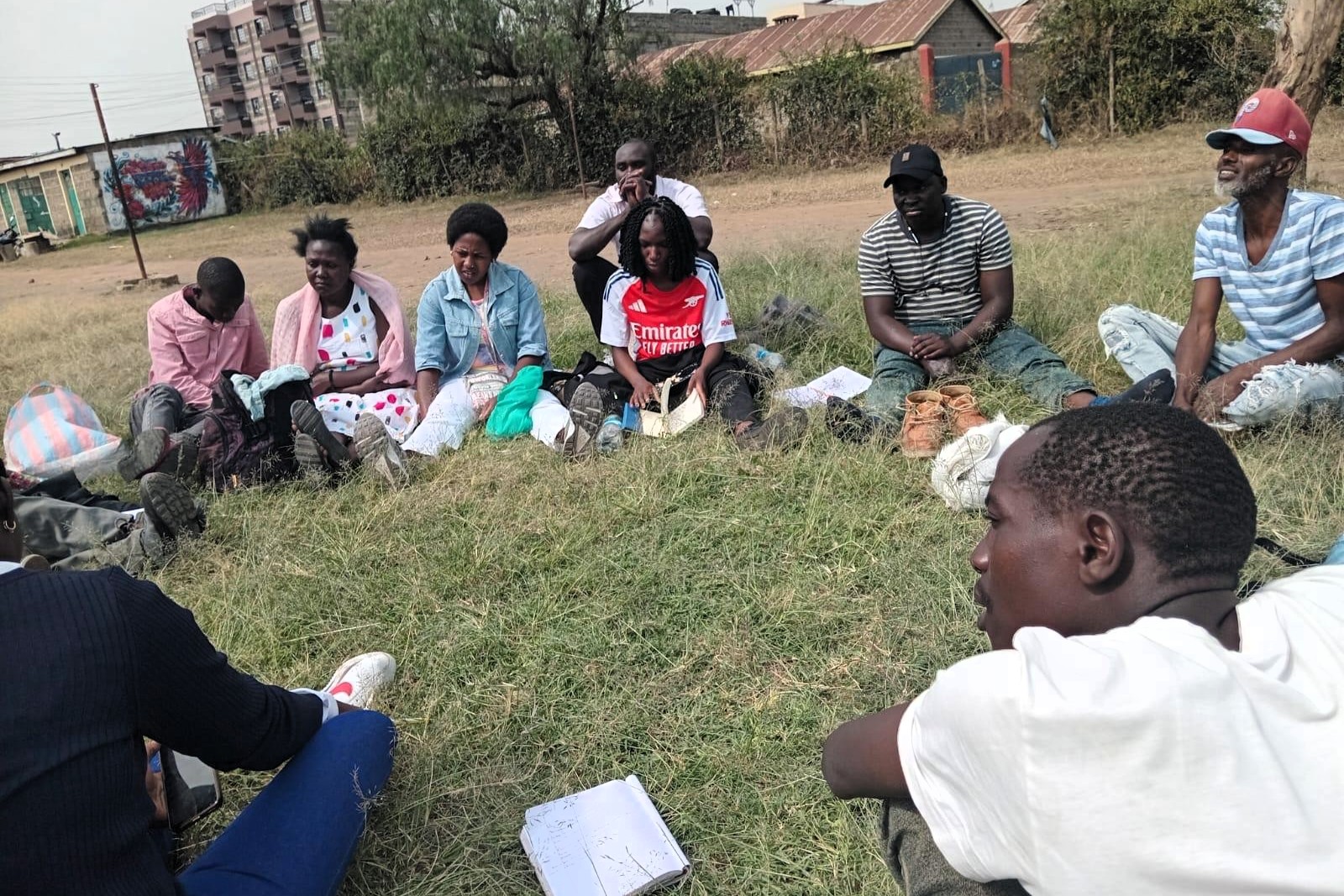
2. Waste collection payment rates: An interesting part of Naivasha’s system is that landlords are considered waste generators. They are responsible for ensuring payment for waste collection, which is usually passed onto their tenants. The rates are standardised:
> Single-room house – KSh 100/- monthly
> Double-room house – KSh 200/- monthly
> Three-bedroom house – KSh 300/- monthly
> Businesses – KSh 300-500/- monthly, depending on the size and type of business
This structured payment system ensures that waste groups have a steady income to fund their operations.
We also learned more about the role of NAGAWAM in maintaining the efficiency of the waste sector. It coordinates groups, negotiates with authorities, organises trucks for waste transport and provides a structure that keeps operations smooth.
Note: We believe a similar approach in Mathare – with fair and transparent rates – could improve efficiency and provide resources for better waste collection services.
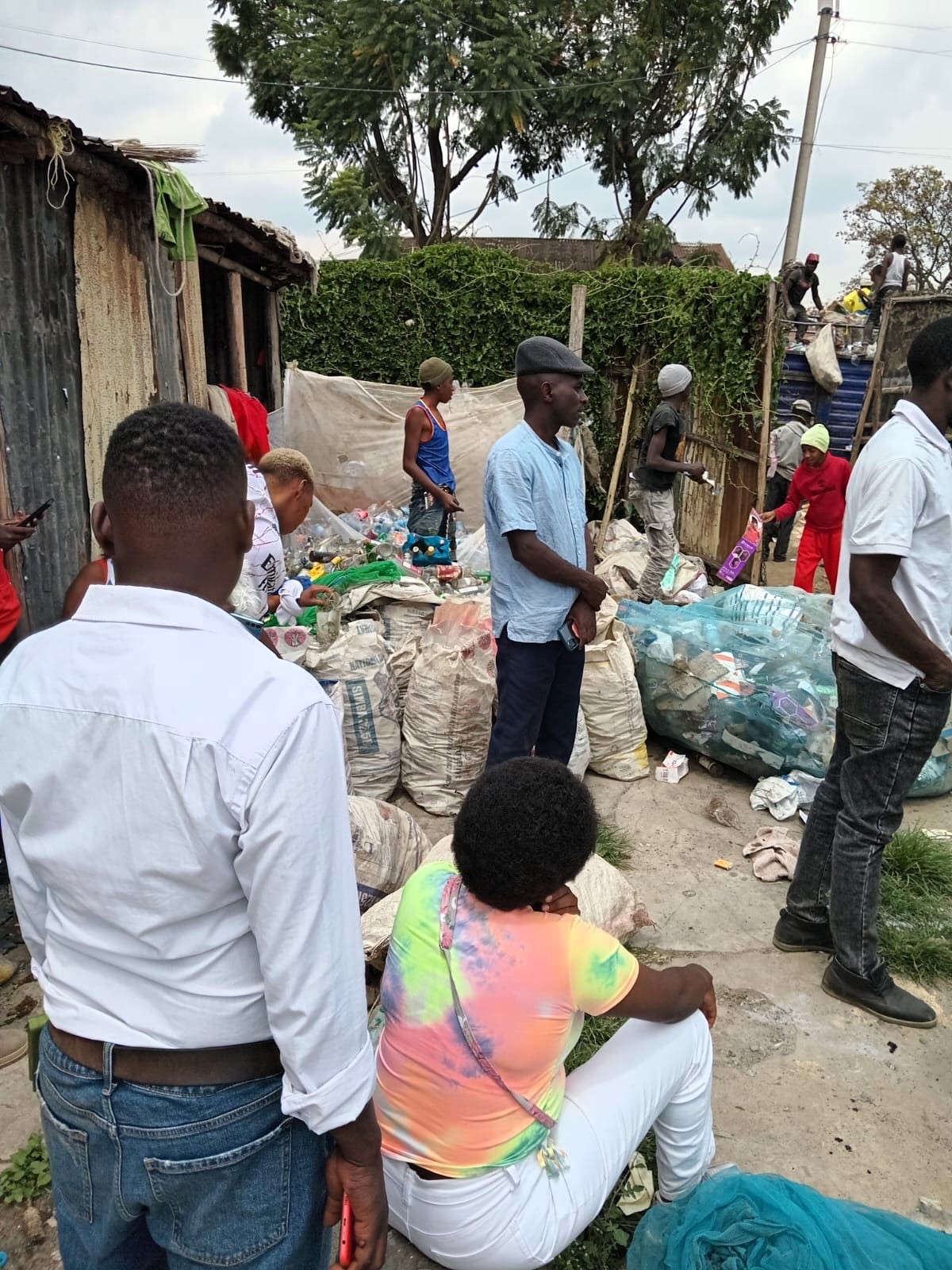
3. The nexus between age, gender and waste collection: A particularly inspiring discussion was around the relationship between older waste pickers and youth. In Naivasha, these two groups often work side by side – the older pickers bring experience, networks and wisdom, while the youth contribute energy, fresh ideas and technical skills. Mutual respect is fostered through mentorship and clear role definition, creating an environment where both generations can thrive.
Women play a more prominent role in Naivasha’s waste sector. They are prioritised for jobs like segregation in the yards. In contrast, in Nairobi, many women scavenge independently, selling waste without the same level of support.
We were also touched to see how waste workers in Naivasha expand their roles beyond just collection. Some become trainers, teaching others about sorting and safety, while some take on advocacy roles, engaging with local governments.
Additionally, there are those who become innovators, transforming waste into products that can be sold.
Note: In Naivasha, scavengers are better integrated into formal systems. In Mathare, on the other hand, many still work independently, which makes collaboration, safety, and bargaining power more difficult to achieve.
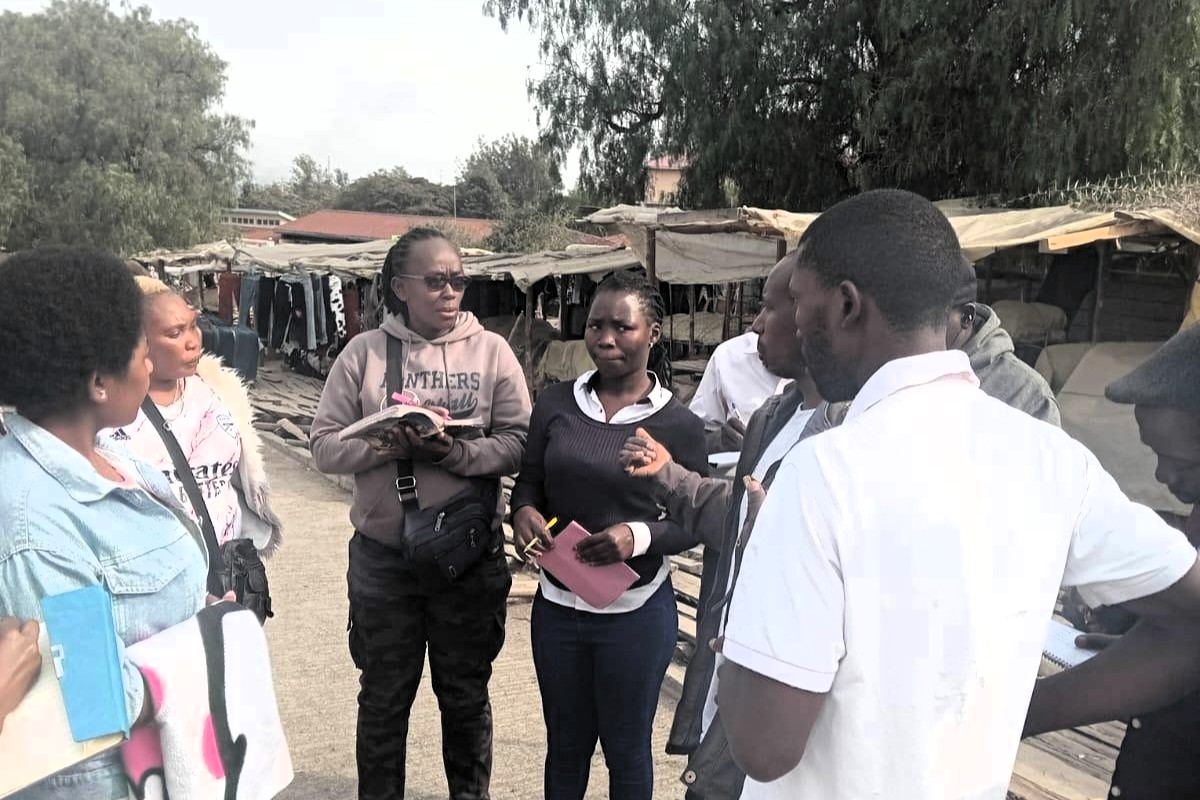
Day 2: Field visits and practical lessons
On our second day, we ventured into the field for hands-on experiences. We visited well-maintained areas and observed sorting activities in the yard, comparing them to what we do and see in Mathare. We also witnessed creative reuse of materials and sustainable innovations, such as:
> Synthetic hair used as a binding material for the construction of houses;
> Coloured glass bottles used for beautiful decorative walls;
> Soil harvested from the road used for planting;
> Seed waste transformed into thriving kitchen gardens – growing spinach, sukuma wiki (kale), avocado and onions in reused milk packets;
> Permaculture techniques like water harvesting and container gardening using old TV and computer shells;
> Compost manure made from organic waste later sold to farmers as a sustainable farming input.
> Eco toilets that safely collect and process human waste into nutrient-rich compost for farming;
> Harvesting of larvae at the permaculture centre – used as animal feed, to create compost manure and as a source of income when sold to other farmers;
> Use of donkeys to transport waste to certain yards – a unique, low-cost and environmentally friendly method.
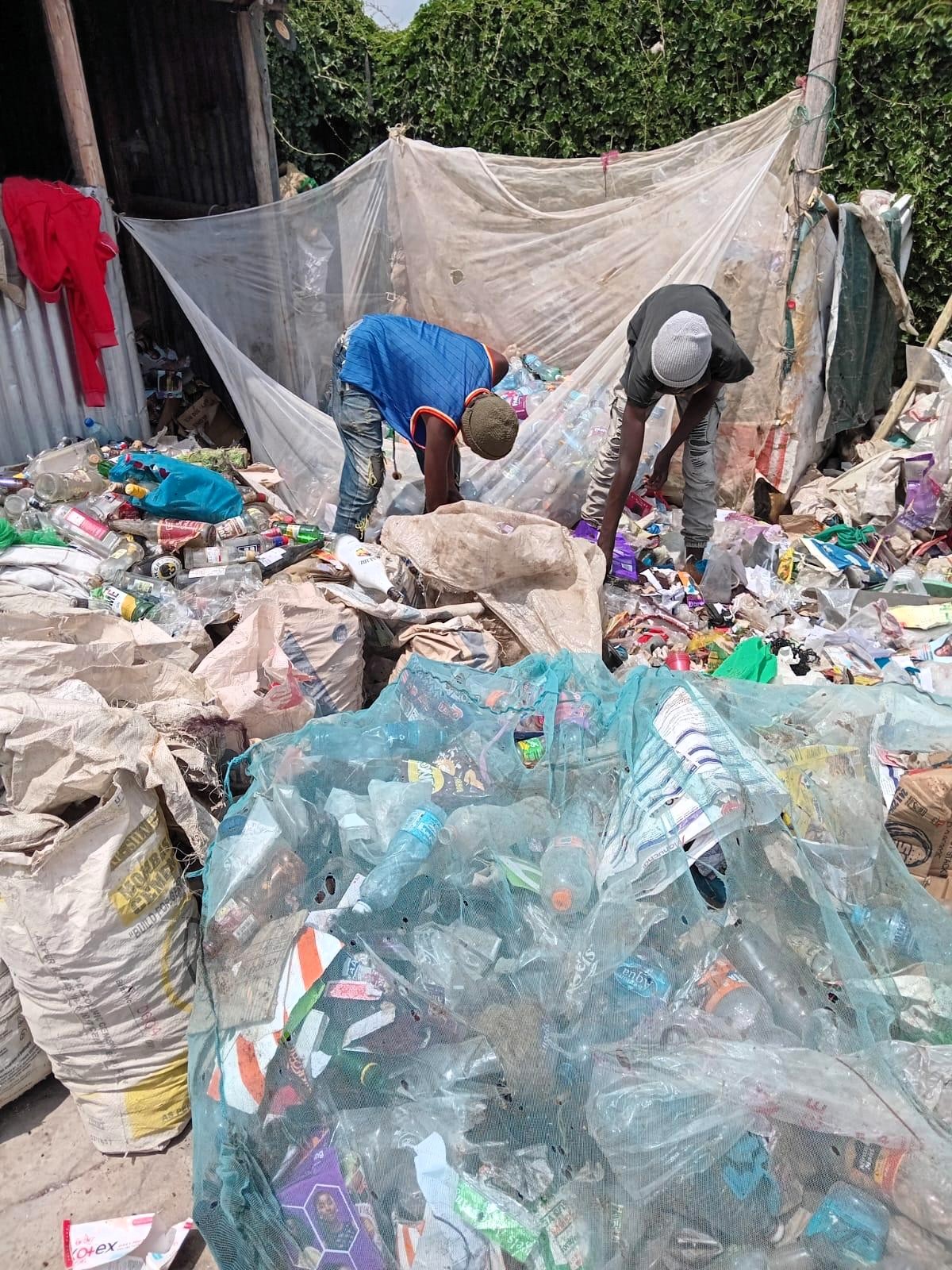
Yard owners in Naivasha do not wait for government trucks, which are mandated to move waste. Instead, they pay for private trucks to avoid delays, keeping operations fast and efficient.
Another positive dynamic observed was the symbiotic relationship between waste pickers and authorities in Naivasha. The authorities support waste pickers by protecting them from harassment. In turn, waste pickers ensure public spaces remain clean and well-managed.
What stood out the most?
There were a number of standout learnings from our time in Naivasha, including:
> Only 10% of waste ends up in dumpsites – 90% is reused or recycled.
> The power of organising – working in groups is more effective than working alone.
> The creativity and innovation in transforming waste into valuable resources.
> No holding sites in Naivasha – all waste is taken directly to the yards.
> The proven benefits of zoning: reduced conflict, better waste collection coverage and enhanced accountability.
> The harmony between waste workers and authorities.
> The speed and independence gained when yard owners hire their own trucks instead of relying on government schedules.
> A reliable waste fee collection system through landlords ensures consistent funding for waste operations.
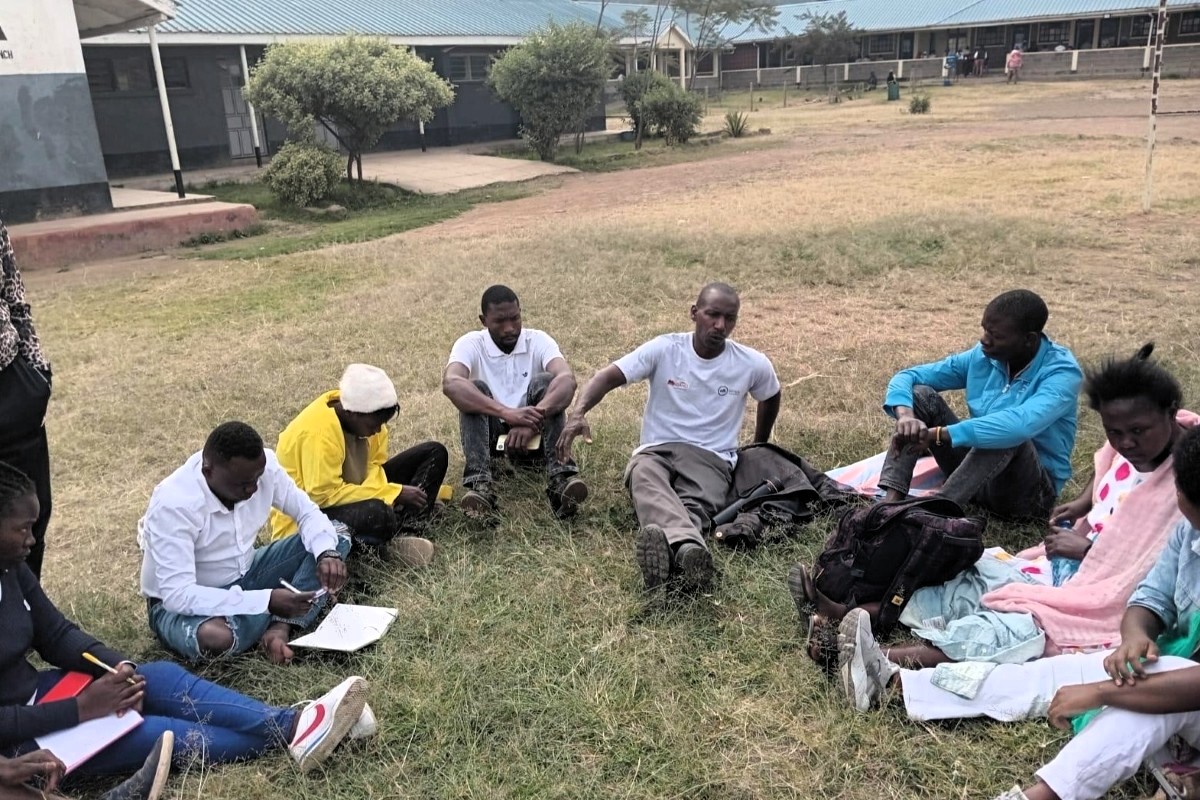
Our next steps
This exchange has expanded our perspective and confirmed something important: most waste is not useless; it is a resource waiting to be transformed. We now return to Mathare, inspired and ready to:
> Apply zoning and mapping systems to organise waste collection.
> Foster collaboration between older and younger waste pickers.
> Create fairer opportunities for women, youth and marginalised groups.
> Introduce creative reuse of waste and compost manure production.
> Explore low-cost, sustainable horse carts.
> Improve our engagement with authorities to ensure support and recognition.
By working together and adapting these lessons to our context, we believe Mathare can move closer to a cleaner environment, a stronger waste economy and a more united waste picking community.
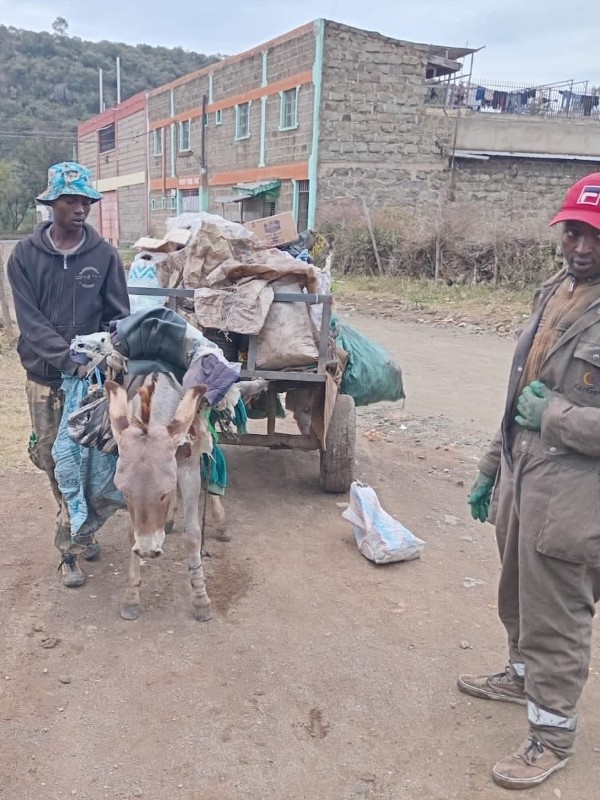
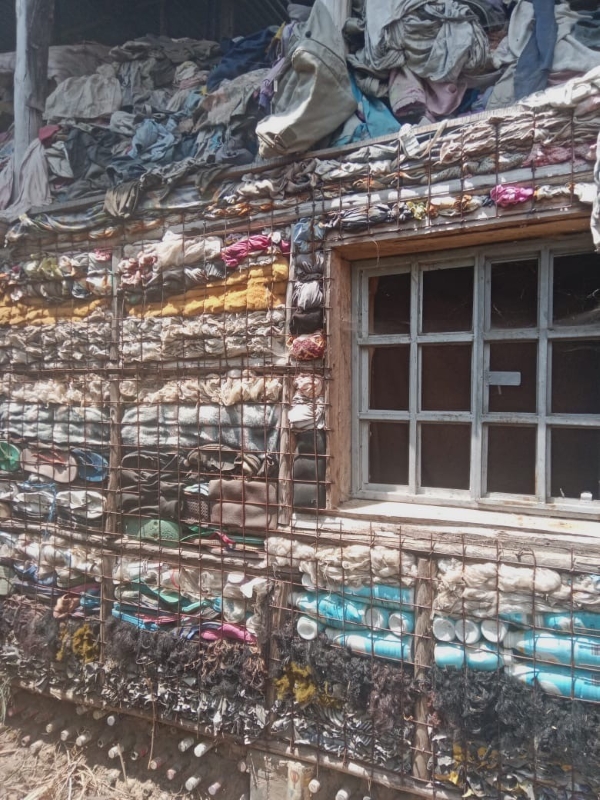
Photo credits: Nairobi waste co-research team
Note: This article presents the views of the authors featured and does not necessarily represent the views of the African Cities Research Consortium as a whole.
The African Cities blog is licensed under Creative Commons Attribution-NonCommercial-NoDerivatives 4.0 International (CC BY-NC-ND 4.0), which means you are welcome to repost this content as long as you provide full credit and a link to this original post.
